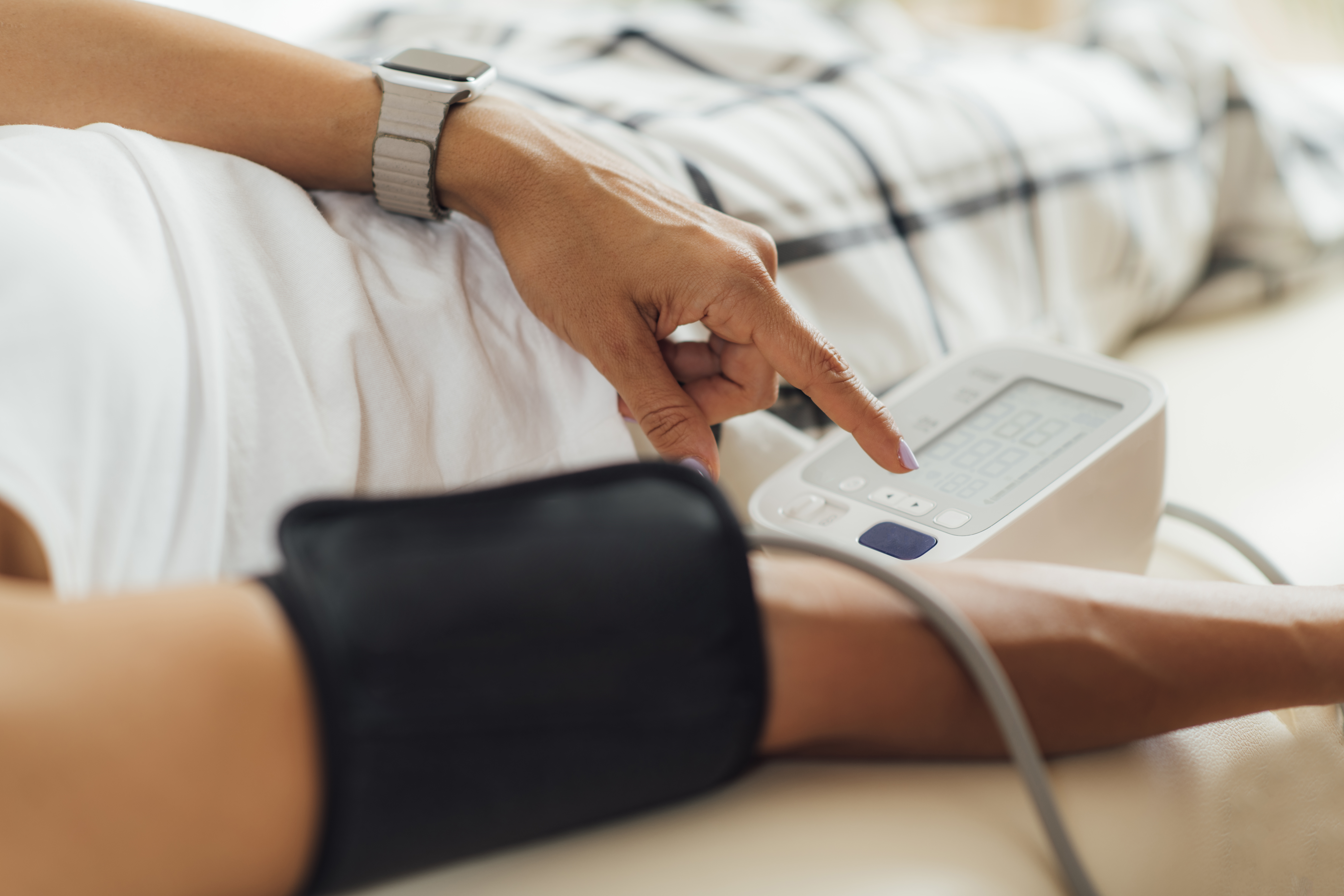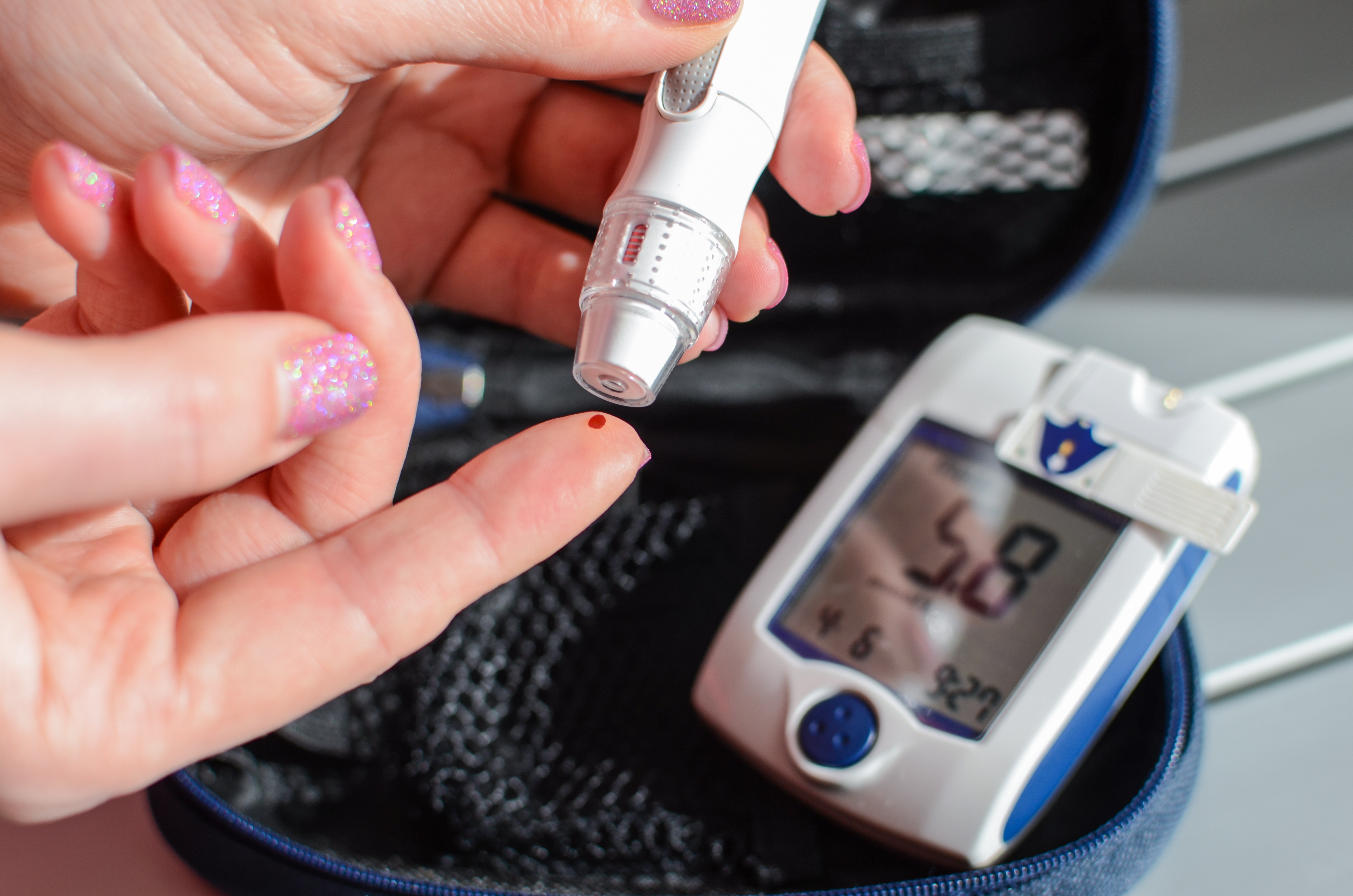Handling Fainting Spells: Top Strategies for Swift and Effective Response
3. Orthostatic Hypotension: The Gravity of Low Blood Pressure

Orthostatic hypotension occurs when blood pressure drops significantly upon standing, leading to dizziness and fainting. This condition is more common in older adults and can result from dehydration, prolonged bed rest, or certain medications. The body’s inability to quickly adjust blood pressure when changing positions is a hallmark of this condition. Diagnosis involves monitoring blood pressure changes from lying down to standing. Treatment focuses on lifestyle changes such as increasing fluid and salt intake, wearing compression stockings, and adjusting medications. In severe cases, medications to raise blood pressure may be prescribed.
4. Blood Sugar Blues: Hypoglycemia and Fainting

Hypoglycemia, or low blood sugar, is a common cause of fainting, especially in individuals with diabetes. When blood sugar levels drop too low, the brain is deprived of its primary energy source, leading to dizziness and syncope. Symptoms such as sweating, confusion, and palpitations often precede fainting. Managing blood sugar levels through a balanced diet, regular monitoring, and medication adherence is essential. For non-diabetics, reactive hypoglycemia, a drop in blood sugar after meals, can also cause fainting. Dietary adjustments, such as frequent small meals and reducing refined carbohydrates, can help stabilize blood sugar levels.
